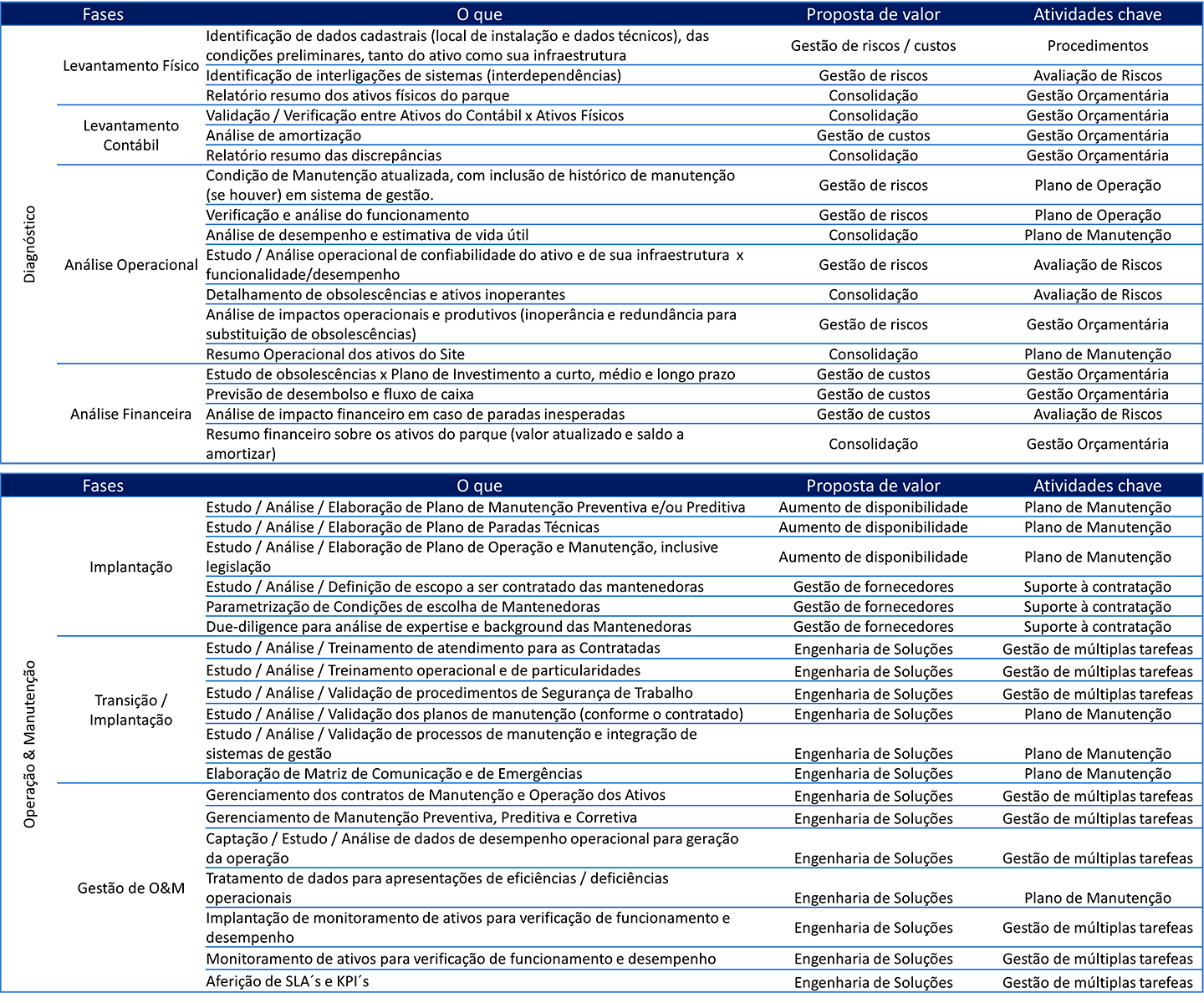High voltage power transmission line projects are important components of the Brazilian electricity sector. Through power cables, supported by metallic towers, the transmission lines (TLs) promote the flow of generated electricity, connecting the power generating plants to the substations, where they will be lowered to the distribution voltage and, thus, , energy will be able to reach final consumers, including those who live in cities that still suffer from energy shortages.
TLs can travel long distances, which makes it possible to intercept different landscapes in the most varied types of land use and characteristics, especially in a country with continental dimensions and very diverse ecosystems. Specifically in the Amazon region, the largest Brazilian biome, the challenges of building linear projects need attention from an environmental perspective, especially in engineering, to seek sustainable constructive solutions from a socio-environmental, economic and operational safety point of view.
In the “Amazonian context”, LT projects with crossings of large rivers, which can reach kilometers of spans – such as crossings on the Amazon River, with average distances of 2 km -, need to be prepared for the already known natural adversities, such as the characteristic hydrological cycles, called locally as “Amazonian summer and winter”, but also in relation to extreme events, which are increasingly frequent, such as the historic flood in the Amazon River basin observed even in 2021. In this case, jeopardize the planning of the entire project.
Interferences in flooded and/or flooded areas are also very characteristic of linear projects in the Amazon region and represent environmental weaknesses that require the adoption of environmental control measures capable of preserving the quality of intermittent water courses. In this sense, during the execution of projects of this type, in the installation phase, the implementation of Environmental Programs is required as measures to mitigate the impacts of construction activities. The execution of these environmental programs, commonly known as the Environmental Plan for Construction, the Program for the Prevention and Control of Erosive Processes and the Program for the Recovery of Degraded Areas, is a very important mitigating measure for the conservation of the environmental conditions of these ecosystems during and after the works.
Concremat Ambiental has been working for almost a decade in environmental management, supervision and execution of programs that are part of the Basic Environmental Plans of different energy transmission projects in the Amazon region, closely monitoring the challenges of these constructions in the face of local adversities. These experiences allow a critical look at the construction activities and their impacts during and after the works, and mainly subsidize the fulfillment of environmental licensing obligations, either in the form of specific conditions or in Environmental Programs.
The partnership formed between customers, construction companies and Concremat’s environmental teams with expertise in this type of work can contribute to the preservation of Amazonian ecosystems, as well as to effective environmental management, going beyond meeting the legal requirements of the licensing process. – privileging the respect for riverside communities and seeking their positive perception and the preservation of the local environmental quality.
Article prepared by specialists from Concremat Ambiental Rafael Cunha Pontes, biologist, and Rafaela Graciliano, environmental engineer.













